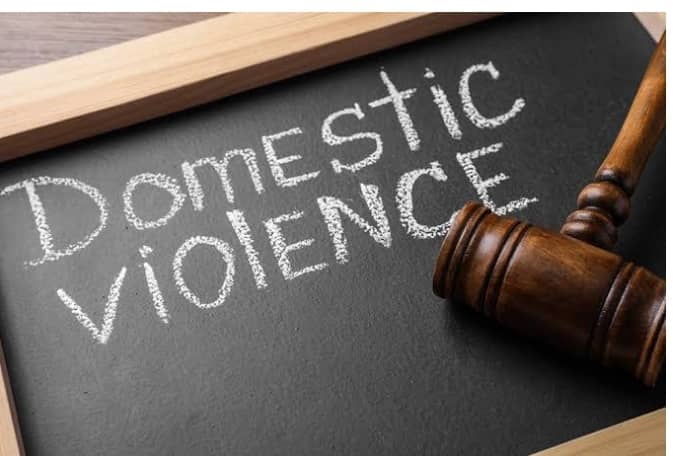Domestic violence is a pervasive issue that affects individuals and families across the globe. It encompasses a range of abusive behaviors, including physical, emotional, sexual, and financial abuse. This article aims to shed light on the topic, raise awareness, and provide guidance on how to address and prevent domestic violence.
Understanding Domestic Violence:
Domestic violence knows no boundaries, affecting people of all genders, ages, races, and socioeconomic backgrounds. It occurs within intimate relationships, where one partner seeks to exert power and control over the other through various abusive tactics. These tactics can cause severe physical and psychological harm, leaving lasting scars on victims and their families.
Recognizing the Signs:
Identifying domestic violence can be challenging, as it often occurs behind closed doors. However, there are common signs to watch for:
1. Physical abuse: Visible injuries, unexplained bruises, or frequent hospital visits.
2. Emotional abuse: Constant criticism, humiliation, manipulation, or isolation from friends and family.
3. Sexual abuse: Non-consensual acts or coercion.
4. Financial abuse: Controlling finances, restricting access to money, or sabotaging employment opportunities.
5. Psychological abuse: Threats, intimidation, gaslighting, or undermining self-worth.
Breaking the Cycle:
Addressing domestic violence requires a collective effort from society, including individuals, communities, and institutions. Here are some crucial steps to take:
1. Raise Awareness: Educate yourself and others about the signs, consequences, and resources available for domestic violence. Encourage open discussions to break the silence surrounding this issue.
2. Support Survivors: Offer empathy, non-judgmental listening, and validation to survivors. Encourage them to seek professional help and connect them with local support services.
3. Speak Out: If you witness or suspect domestic violence, don’t hesitate to report it to the appropriate authorities. Your intervention may save lives.
4. Advocate for Change: Support organizations working to prevent domestic violence through donations, volunteering, or advocating for policy changes that protect survivors and hold abusers accountable.
5. Promote Healthy Relationships: Foster a culture of respect, equality, and open communication within your own relationships. Teach children about healthy boundaries and consent.
Seeking Help:
If you or someone you know is experiencing domestic violence, it is crucial to seek help. Reach out to local helplines, shelters, or support organizations specializing in domestic violence. They can provide guidance, safety planning, counseling, and legal assistance.
Conclusion:
Domestic violence is a grave violation of human rights that affects millions of people worldwide. By breaking the silence, raising awareness, and taking action, we can work towards creating a society free from violence and fear. Together, let us stand against domestic violence and support survivors on their journey to healing and empowerment.

